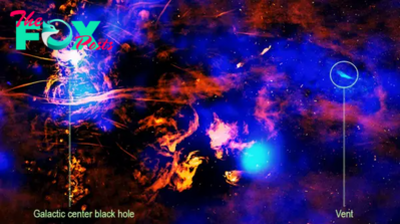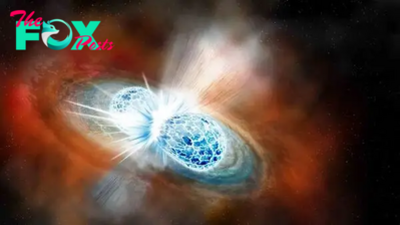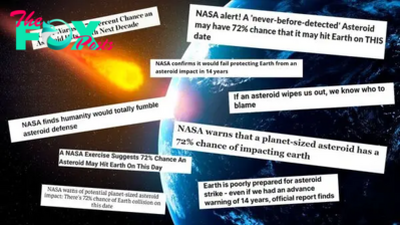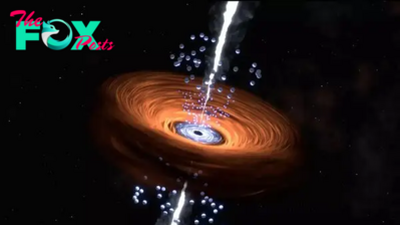Science
A 'new star' could appear in the sky any night now. Here's how to see the Blaze Star ignite.
A dim star in the night sky 3,000 light-years from our solar system could soon become visible to the naked eye for the first time since 1946 — and you can easily find it in the night sky.
The "Blaze Star" — officially called T Coronae Borealis (T CrB) — is expected to brighten significantly between now and September 2024 from magnitude +10 (beyond naked-eye visibility) to magnitude +2, according to NASA. That's about the same brightness as Polaris, the North Star, the 48th-brightest star in the night sky. (In Astronomy, the brighter an object is, the lower its magnitude; the full moon's magnitude is -12.6, for example).
The Blaze Star can be found in the constellation Corona Borealis, the "Northern Crown," between the constellations of Boötes and Hercules. The easiest way of finding Corona Borealis is by first locating some of the brightest stars in the summer night sky.
On any clear night, find the stars of the Big Dipper high in the northern sky. Trace the Big Dipper's handle of stars in a curve to Arcturus, a bright, reddish star above the eastern horizon. That's the famous "arc to Arcturus" star-hop. Rising in the east-northeast will be Vega. Now look between Arcturus and Vega (slightly closer to Arcturus) for a faint curl of seven stars — Corona Borealis. It will be high overhead after dark. Though you won’t be able to see the Blaze Star yet, it should become clearly visible before summer’s end.
Related: Auroras could paint Earth's skies again in early June. Here are the key nights to watch for.

The Blaze Star is a rare example of a recurrent nova, which means "new star" in Latin. It's a binary star system with a cool, red giant star and a smaller, hotter white dwarf star orbiting each other. Every 80 years, the red giant propels matter onto the surface of the white dwarf, causing an explosion. Other stars do something similar, but not on such a short timescale.
—Solar storm from 1977 reveals how unprepared we are for the next 'big one'
—Could a solar storm ever destroy Earth?
—15 signs the sun is gearing up for its explosive peak — the solar maximum
Astronomers think the Blaze Star is on the cusp of exploding again because it's following the same pattern as the last two explosions in 1866 and 1946. Ten years before both explosions, it got somewhat brighter, then finally dimmed again just before the big blast. That's precisely what's been happening, with the star growing brighter since 2015, followed by a visible dimming in March 2023. This familiar pattern suggests that another explosion is imminent.
-

 Science23h ago
Science23h agoMilky Way's black hole 'exhaust vent' discovered in eerie X-ray observations
-

 Science1d ago
Science1d agoScientists Track a Super-Sized Fungus That Hijacks Cicadas
-

 Science1d ago
Science1d agoNeutron star collisions could briefly trap a bunch of cosmic ghosts
-

 Science1d ago
Science1d agoFlorida family files claim with NASA after ISS space junk crashes into home
-

 Science1d ago
Science1d ago'Space potato' spotted by NASA Mars satellite is actually something much cooler
-

 Science1d ago
Science1d agoNo, NASA hasn't warned of an impending asteroid strike in 2038. Here's what really happened.
-

 Science2d ago
Science2d agoChina rover returns historic samples from far side of the moon — and they may contain secrets to Earth's deep past
-

 Science3d ago
Science3d agoMountain-size 'planet killer' asteroid will make a close approach to Earth this week — and you can watch it live

















